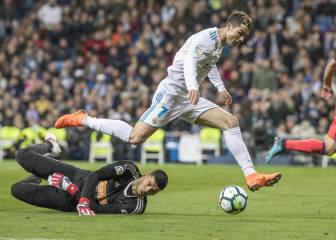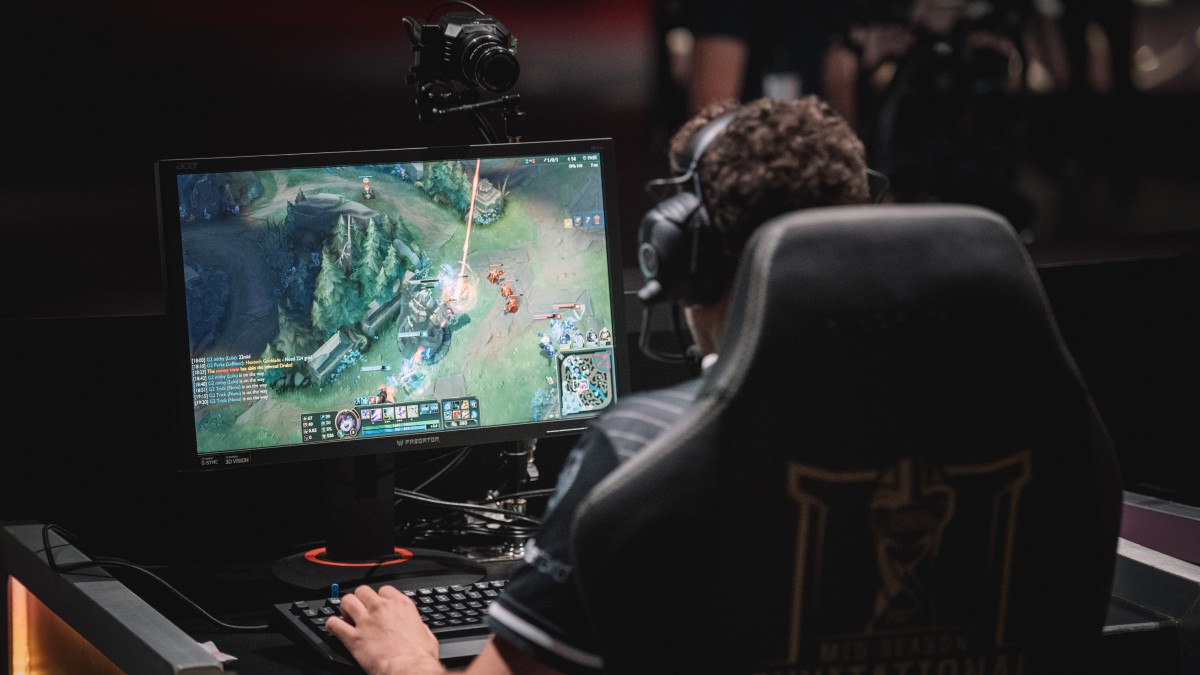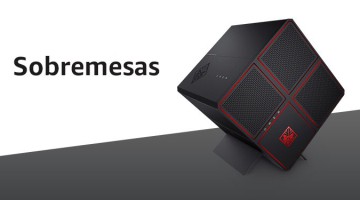The training method is one of the countless areas in which esports could learn a lot from traditional sports. Classic sports teams not only play practice games all the time, but also do specific exercises.
In League of Legends, a really useful practice tool for professionals would be one that would allow to recreate scenarios similar to the various events that could occur in official matches and allow to perfect the mechanical aspects of the game.
We can think of a similarity with football, where professional teams can practice plays that will undoubtedly take place at some point during a match, such as a corners, counterattacks, throw ins... etc. Currently in the League of Legends these situations could be trained by organizing scrims — friendly training matches — with teams that would also like to polish those facets and, even so, this method of preparation has proven not to be the most appropriate in most of the situations.
Carlos “Ocelote” Rodríguez
The truth is that the margin for improvement is minimal if we refer to professional teams. From the spectators' point of view, it does not change much, they will have more fun if there are skirmishes and deaths. A bit of disorder, instead of the teams playing a perfect match.
Riot Games probably does not love the teams to gain wisdom, because it will make the games a bit boring if you remove the chaotic part of League of Legends.
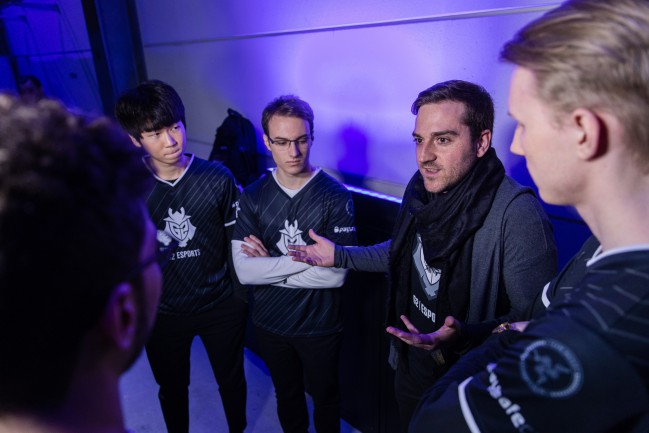
The players of G2 Esports listening to Carlos Rodríguez // Riot Games
One thing that defines League of Legends, and which I also think is good for this esport, is that unlike other games that have become electronic sports and have open source, Riot Games does not. This makes the development of the game an internal process, so that in-game applications cannot be created by third parties, either for training or for other reason. In contrast in Counter Strike: Global Offensive, for example, there are mods to train situations within the maps of your choice.
In spite of this, tools have already been developed that help professional teams improve their work. For example, there is a program called Shadow that is beginning to be used internally by some organizations. This program analyzes the match history of the teams and it can gather information much faster than any person could. With this tool it is possible to improve in relation to how the opponent plays, but the only widely known method to improve as a team continues to be scrims.
Echo Fox's Henrik "Froggen" Hansen recently explained that since the dispute between his club and the rest participating in the North American LCS — a situation that led to those organizations banning their squads from training with Echo Fox —, his team was forced to innovate with new practice methods to improve the communication and team synergy. He also criticized the lack of a special tool to train important aspects for a professional team.
Surprisingly, Echo Fox enjoyed a good run during the following competitive weeks. The team left the bad results behind even though no team of the LCS trained with them.
Fabian "Grabbz" Lohmann, Team ROCCAT's coach, is one of the many personalities in the Western professional scene who has commented on the inefficiency of scrims. He recently stated that the average duration of his team's practice matches is 15 minutes, making it is impossible to train the basic aspects of coordination.
Luis “Deilor” Sevilla
If there were a pause and rewind button in the scrims... For example, let's say you're playing a scrim and it's the minute 25; it would be nice to have that option to practice the Baron Nashor. You do the whole strategy, pushing a lane, controlling the vision... etc.
Imagine that you kill Baron Nashor but the enemy team assassinates all the players of your team, if you have a scrim partner that is aware that there is a button that you can press and you redo the whole strategy, it would help a lot .
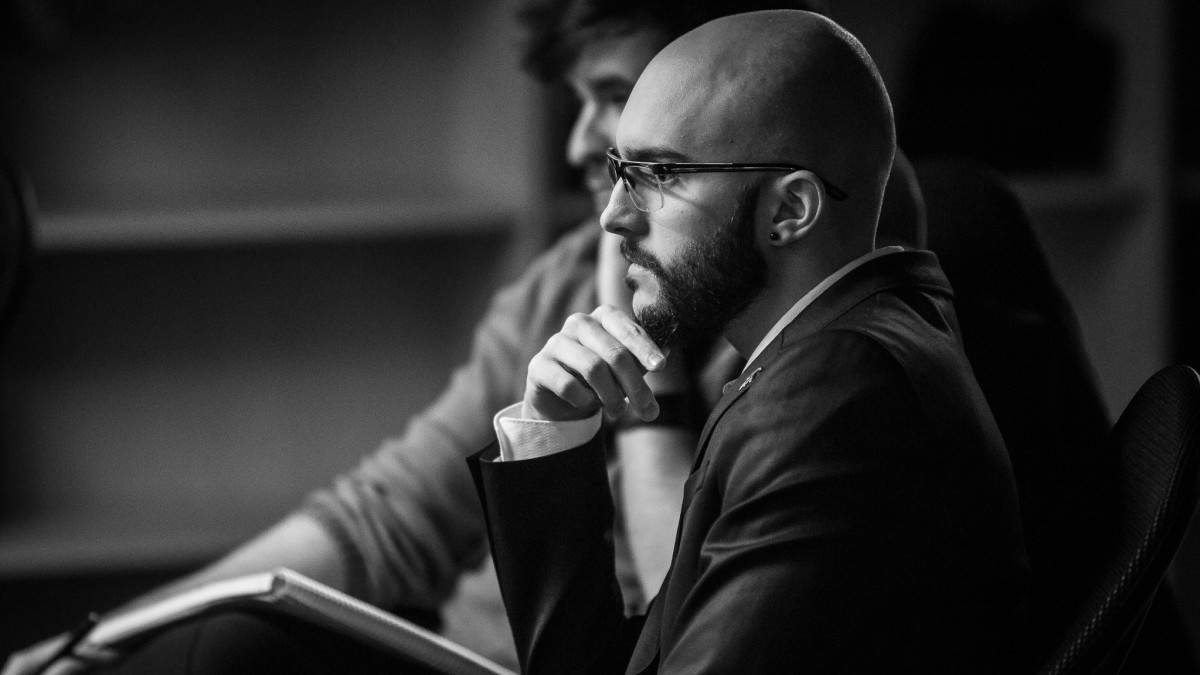
Deilor thoughtful with his notebook // Riot Games
Being more realistic, Riot Games has already created the sandbox mode, and it may be the first step of many. Despite this, even if a tool was created for professional teams, the scrims would continue existing. In a soccer team there are more than 20 players and all of them have a very similar skill level, in basketball there are more than 10, while League of Legends teams cannot train specific situations with other members of the same organization because there are not enough substitutes.
"The reason why the scrims are so brief is that there isn't anything at stake, so the players do a double or nothing. The tendency is that if they get a kill or die at the beginning of the game, when returning to lane they continue playing aggressively, so they never reach the mid game, between 15 and 20 minutes, when teams begin to play the macro strategy, the most important aspect of the game," says Carlos "Ocelote" Rodríguez, owner and CEO of G2 Esports.
One of the obstacles that organizations face when it comes to training is to find other squads of the same skill level who want to practice. "It has happened to us that we had scrim partners and we had to stop practicing with them for the simple fact that they were terrible when training, not serious enough," confesses Luis "Deilor" Sevilla, ex-coach of Fnatic and creator of Shortcut. All things considered, the training games are useful, but certainly can improve.
This occurs mainly in the West. Ocelote assures that in the Korean region scrims are disputed like an official match. Possibly this is one of the reasons why they have the best professional teams in the world.
Carlos “Ocelote” Rodríguez
This is very common in training games, it happens a lot to G2 Esports. For example, in the spring season, where there isn't much at stake, is normal that a team like G2 that goes 12 to 0 in the league wants to try things in the scrims. That brings us to a situation where in the minute two or three the game is already decided. But as we approach the playoffs, MSI, Worlds... etc, the quality of the scrims is greatly improved.
With the current training method you can only practice the different facets of the game, but not situations, and even so you must have a staff that is always on top of the player, reminding them to train these aspects of the game. For example, "this week you must train how to place wards in the enemy jungle and you will only train this aspect, even in SoloQ".
The difference that may be between G2 Esports and G2 Vodafone — the second League of Legends squad of the club competing in the Spanish league — should be very large, but "in fact, the players' mechanical ability is similar. The difference is in team play, even if it is by a small margin of 5%," explains Carlos. This is a game that is based on the snowball effect and, therefore, a small difference, even if it is a 1%, increases exponentially as the game progresses. The only way to improve as a team is to train as such the aspects of the macro game.
However, the solution to the dilemma is out of the hands of the clubs. The ideal solution would be that Riot Games created a comprehensive practice tool, applicable to situations that can occur in a five-to-five match, giving the teams the opportunity to practice certain scenarios.








